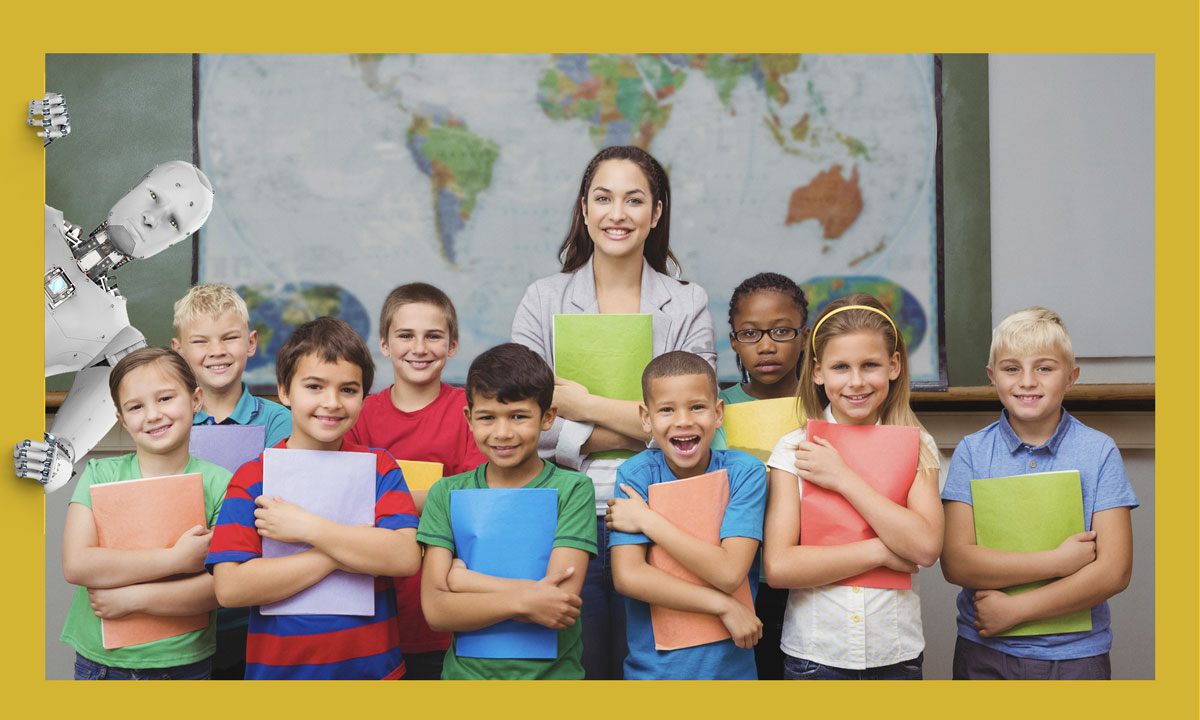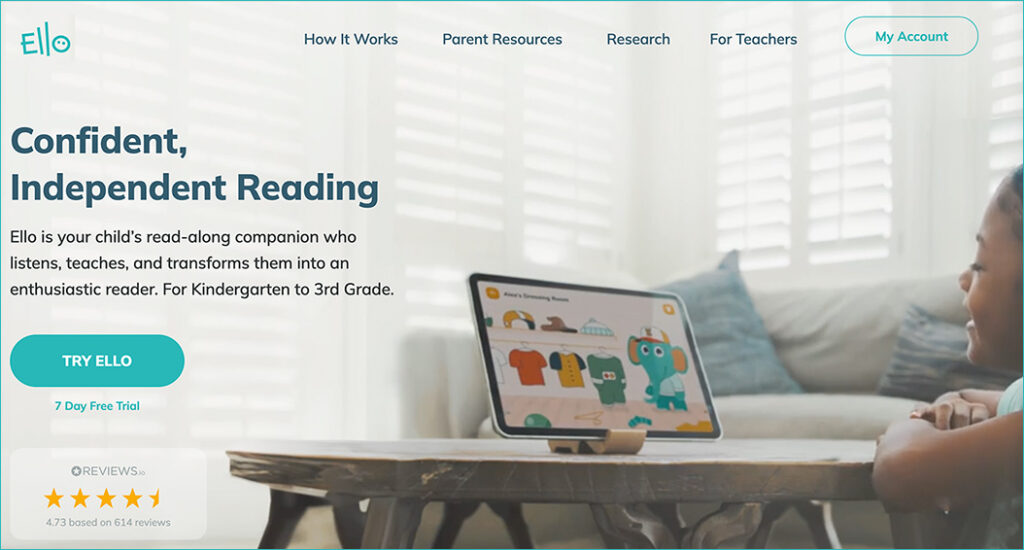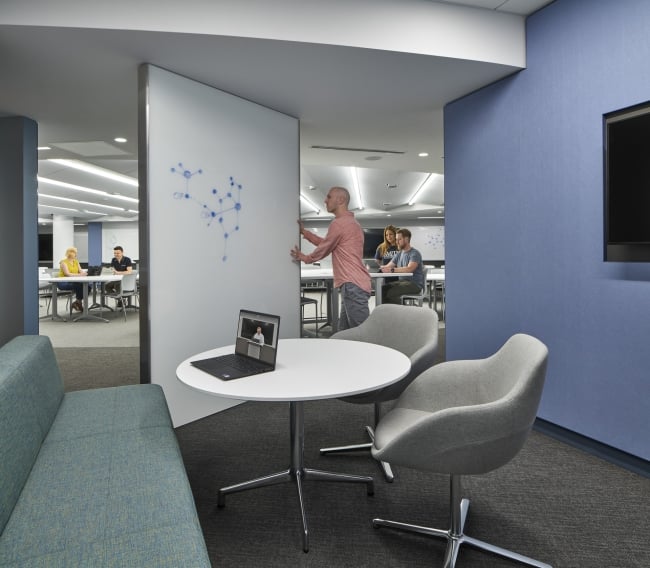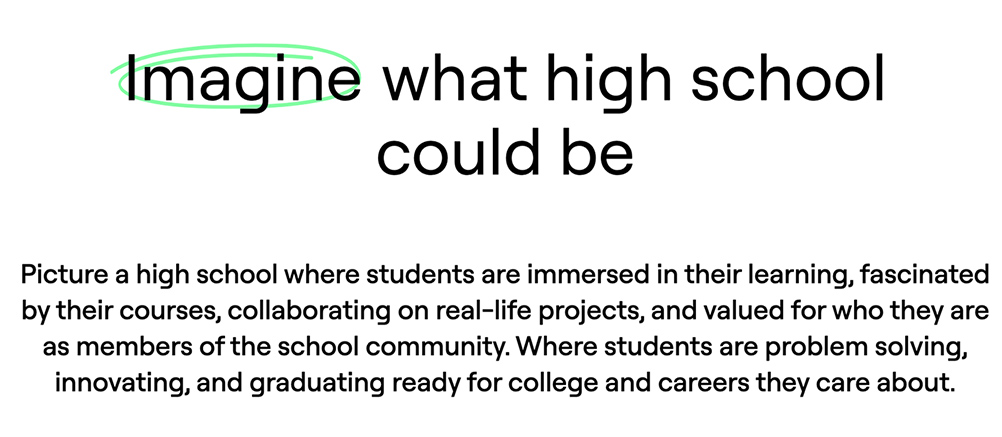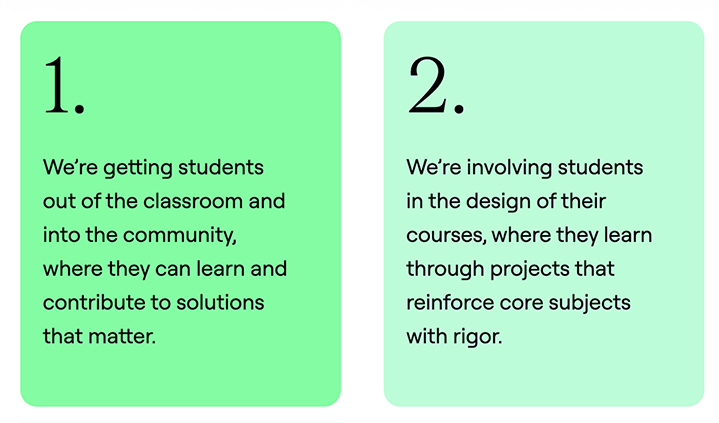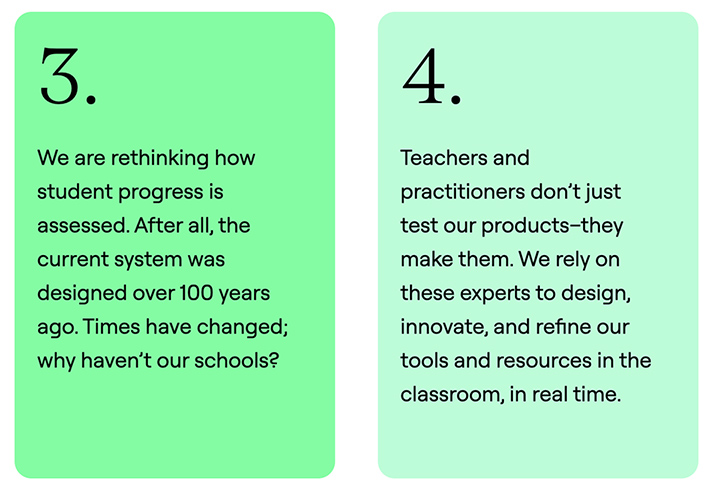Half of Higher Ed Institutions Now Use AI for Outcomes Tracking, But Most Lag in Implementing Comprehensive Learner Records — from prnewswire.com; via GSV
SALT LAKE CITY, Oct. 22, 2024 /PRNewswire/ — Instructure, the leading learning ecosystem and UPCEA, the online and professional education association, announced the results of a survey on whether institutions are leveraging AI to improve learner outcomes and manage records, along with the specific ways these tools are being utilized. Overall, the study revealed interest in the potential of these technologies is far outpacing adoption. Most respondents are heavily involved in developing learner experiences and tracking outcomes, though nearly half report their institutions have yet to adopt AI-driven tools for these purposes. The research also found that only three percent of institutions have implemented Comprehensive Learner Records (CLRs), which provide a complete overview of an individual’s lifelong learning experiences.
New Survey Says U.S. Teachers Colleges Lag on AI Training. Here are 4 Takeaways — from the74million.org by ; via GSV
Most preservice teachers’ programs lack policies on using AI, CRPE finds, and are likely unready to teach future educators about the field.
In the nearly two years since generative artificial intelligence burst into public consciousness, U.S. schools of education have not kept pace with the rapid changes in the field, a new report suggests.
Only a handful of teacher training programs are moving quickly enough to equip new K-12 teachers with a grasp of AI fundamentals — and fewer still are helping future teachers grapple with larger issues of ethics and what students need to know to thrive in an economy dominated by the technology.
The report, from the Center on Reinventing Public Education, a think tank at Arizona State University, tapped leaders at more than 500 U.S. education schools, asking how their faculty and preservice teachers are learning about AI. Through surveys and interviews, researchers found that just one in four institutions now incorporates training on innovative teaching methods that use AI. Most lack policies on using AI tools, suggesting that they probably won’t be ready to teach future educators about the intricacies of the field anytime soon.
It is bonkers that I can write out all my life goals on a sheet of paper, take a photo of it, and just ask Claude or ChatGPT for help.
I get a complete plan, milestones, KPIs, motivation, and even action support to get there.
Less than 5% of the world uses the SOTA AI…
— Allie K. Miller (@alliekmiller) October 21, 2024
The 5 Secret Hats Teachers are Wearing Right Now (Thanks to AI!) — from aliciabankhofer.substack.com by Alicia Bankhofer
New, unanticipated roles for educators sitting in the same boat
As beta testers, we’re shaping the tools of tomorrow. As researchers, we’re pioneering new pedagogical approaches. As ethical guardians, we’re ensuring that AI enhances rather than compromises the educational experience. As curators, we’re guiding students through the wealth of information AI provides. And as learners ourselves, we’re staying at the forefront of educational innovation.









